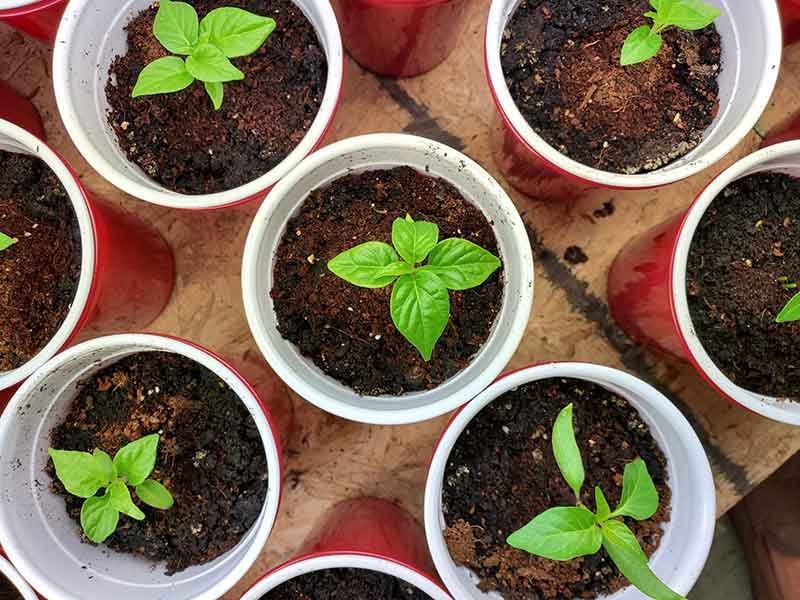Vegetable Gardening
Do or Don’t: Let’s Talk Burying Pepper Stems When Transplanting
When it comes to transplanting pepper plants, there are several techniques and practices that gardeners use to ensure successful growth and development. One common question that arises is whether or not to bury pepper stems when transplanting. In this blog post, we will explore this topic and provide you with some insights to help you make an informed decision.
The Importance of Proper Transplanting
Before we delve into the question at hand, let’s briefly discuss the importance of proper transplanting. Transplanting is the process of moving a plant from one location to another, typically from a seedling tray to a larger pot or directly into the ground. It is a crucial step in the growth cycle of any plant, including peppers.
Transplanting allows plants to establish stronger root systems, access more nutrients and water, and ultimately thrive in their new environment. However, improper transplanting techniques can lead to stress, shock, and even death for the plant. That’s why it’s essential to follow best practices when transplanting peppers or any other plants.
The Case for Burying Pepper Stems
Now, let’s address the question of whether or not to bury pepper stems when transplanting. Burying the stems, also known as deep planting, involves placing the pepper plant deeper in the soil than it was originally growing. This technique has its proponents who believe it can benefit the plant in several ways.
One argument in favor of burying pepper stems is that it helps promote a stronger root system. By burying a portion of the stem, the plant is encouraged to develop additional roots along the buried section. These extra roots can provide increased stability, nutrient uptake, and overall plant health.
Another benefit of burying pepper stems is that it can help prevent the plant from becoming top-heavy. Pepper plants are known for their bushy growth habit and can sometimes become unbalanced, especially if they are grown in containers. By burying a portion of the stem, the plant is anchored more securely in the soil, reducing the risk of tipping over.
Furthermore, burying the stems can protect them from potential damage caused by pests or harsh weather conditions. By placing the stem below the soil surface, you create a barrier that shields it from external threats, allowing the plant to focus its energy on growth and development.
Considerations and Best Practices
While burying pepper stems when transplanting can have its benefits, it’s important to consider a few factors before deciding whether or not to employ this technique.
Firstly, it’s crucial to ensure that the pepper plant is in good health and free from any diseases or pests. Burying a diseased or infested stem could potentially spread the problem to the new planting site. Therefore, it’s recommended to inspect the plant carefully before proceeding with deep planting.
Secondly, it’s important to note that not all pepper varieties respond well to deep planting. Some varieties have more delicate stems that may rot if buried too deeply. It’s always a good idea to research the specific variety you are growing and consult with experienced gardeners or local agricultural extension offices for guidance.
Lastly, when burying pepper stems, it’s crucial to avoid burying any leaves or side branches. Only the main stem should be inserted into the soil. Burying foliage can lead to rot and other issues, so it’s essential to exercise caution and follow best practices.
Conclusion
In conclusion, the decision to bury pepper stems when transplanting is a matter of personal preference and depends on various factors. While deep planting can have its benefits, it’s important to consider the health of the plant, the specific variety being grown, and to follow best practices to ensure success.
If you choose to bury the stems, remember to inspect the plant for any signs of disease or pests, research the variety’s suitability for deep planting, and be careful to only bury the stem without any foliage. By following these guidelines, you can give your pepper plants the best chance of thriving in their new home.






